D-Day Across the Channel: A Canadian Commemoration in Gosport
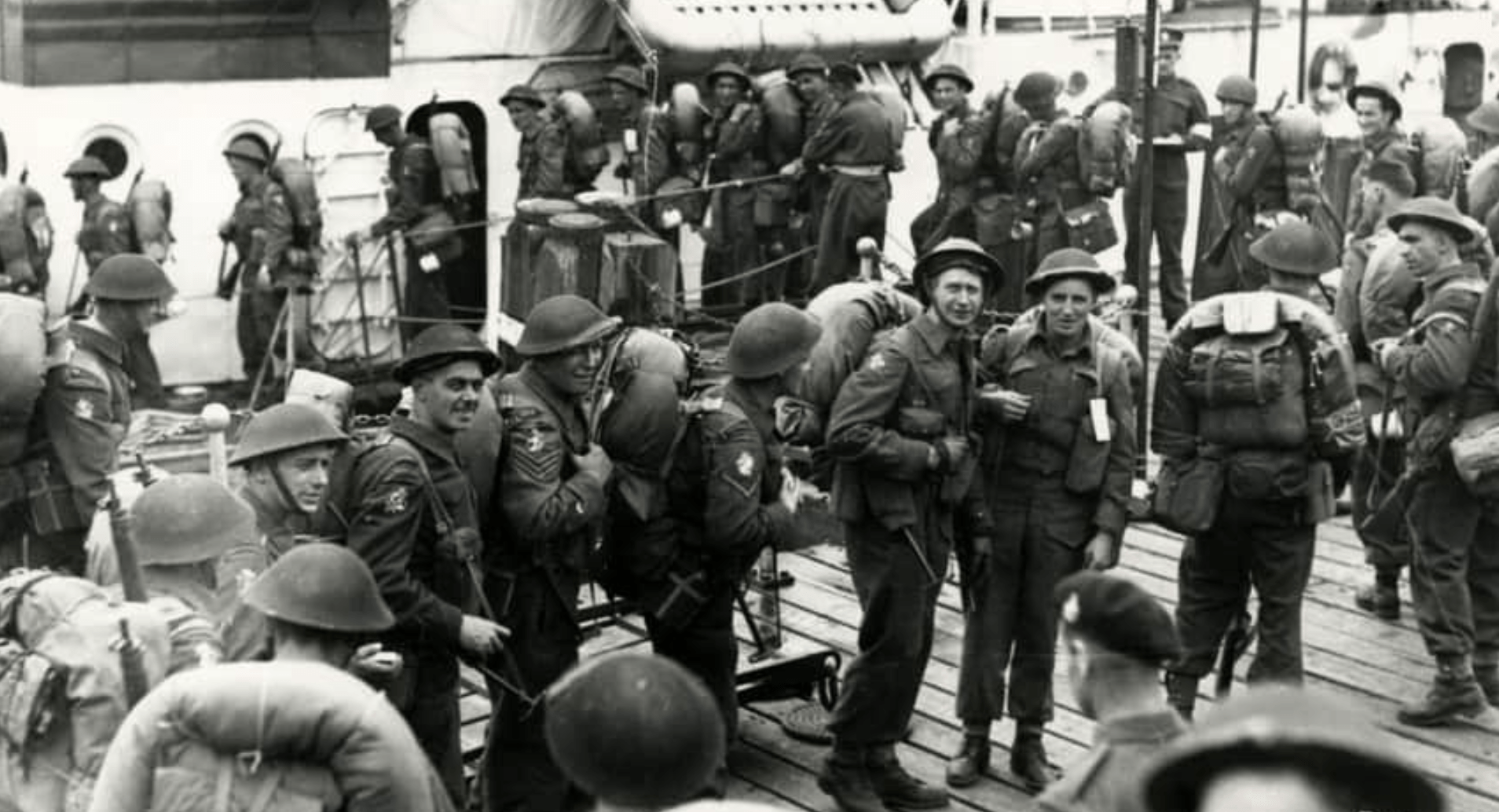 Canadian soldiers embarking for the D-Day landings at Gosport/Portsmouth News
Canadian soldiers embarking for the D-Day landings at Gosport/Portsmouth News
By Don Newman
June 2, 2024
When they think of D-Day, most people think of Normandy. But when I think of D-Day, I think of Gosport, on the coast of Hampshire, across the English Channel, where so many Canadian soldiers last slept in a bed before facing their fate on D-Day.
Gosport is a city of 80,000 across Portsmouth Harbour from the great British Naval base south of London. Portsmouth has a storied history in British naval warfare. Since 1922, the HMS Victory — the flagship of Admiral Horatio Nelson at the Battle of Trafalgar — has been moored there.
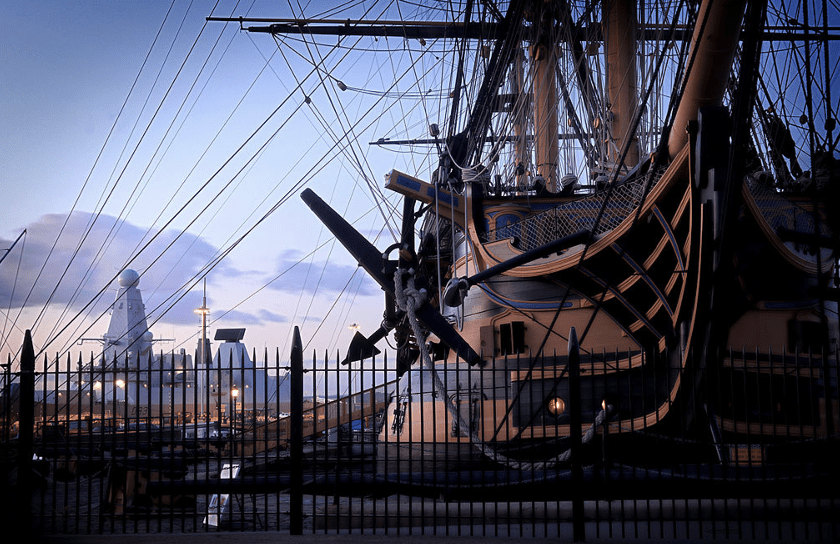
HMS Victory in Portsmouth/Keith Morgan, UK Ministry of Defence
But Gosport has a special significance for Canadians. It was at Gosport on June 3 and June 4, 1944 that many of the fifteen thousand Canadian troops who took part in the D-Day Normandy landings and their guns, tanks, and other equipment were loaded onto the ships that carried them into Stokes Bay and across the Channel to their rendezvous with history.
Although at the time, I had been the national CBC Remembrance Day Broadcaster for eight years and took an interest in things military, I had never heard of Gosport until June 1994. I was in England as part of a large CBC team that was covering the D-Day 50th Anniversary. The team was divided in two. I was the broadcast anchor for the celebrations, services and ceremonies in England. Peter Mansbridge was anchoring the commemorations in France.
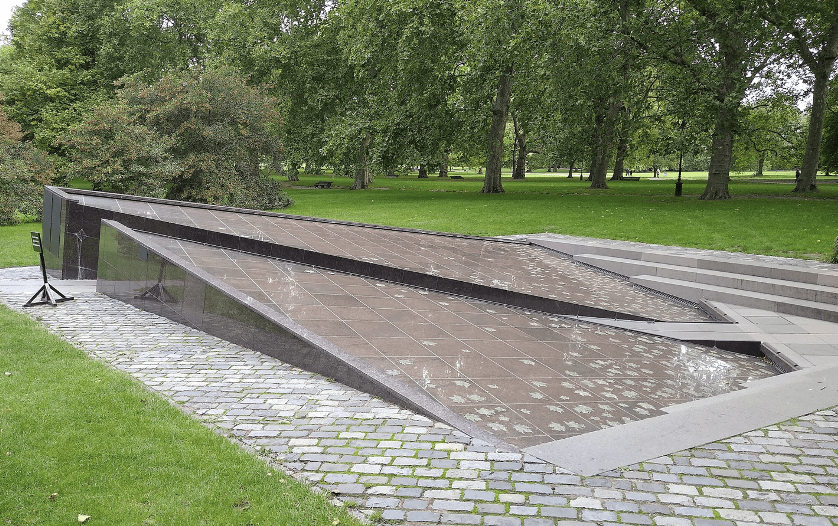 The Canada Memorial in Green Park, London/Mx. Granger
The Canada Memorial in Green Park, London/Mx. Granger
A few days earlier, I’d been in London to broadcast the official unveiling of the Canada Memorial by Queen Elizabeth II. Located in Green Park across from Buckingham Palace, the memorial commemorates Canada’s soldiers who fought alongside Britain in both the First and Second World Wars. Standing guard at the memorial were members of the Canadian Armed Forces. As the broadcast unfolded, it occurred to me that those young guards were about the same age then as most of the Canadian troops were when they breached the beaches of Normandy in 1944.
After the unveiling, I boarded a train to Portsmouth with the production crew to meet up with technical support the CBC had contracted in England to provide the broadcasts. They turned out to be a competent, irreverent crew, though it took some translation to get past the culture gap in TV terms. At our introductory meeting, I told our English co-workers I was “on the air.” They looked at me as though I thought I was the Flying Nun. In England, the term for on-air talent is “in vision.”
Most Canadians may never have heard of Gosport. But the people of Gosport have definitely heard of Canadians. And 30 years ago, there were a lot of people in the town who still remembered the day in 1944 when thousands of us showed up in uniform, then two days later disappeared across the sea.
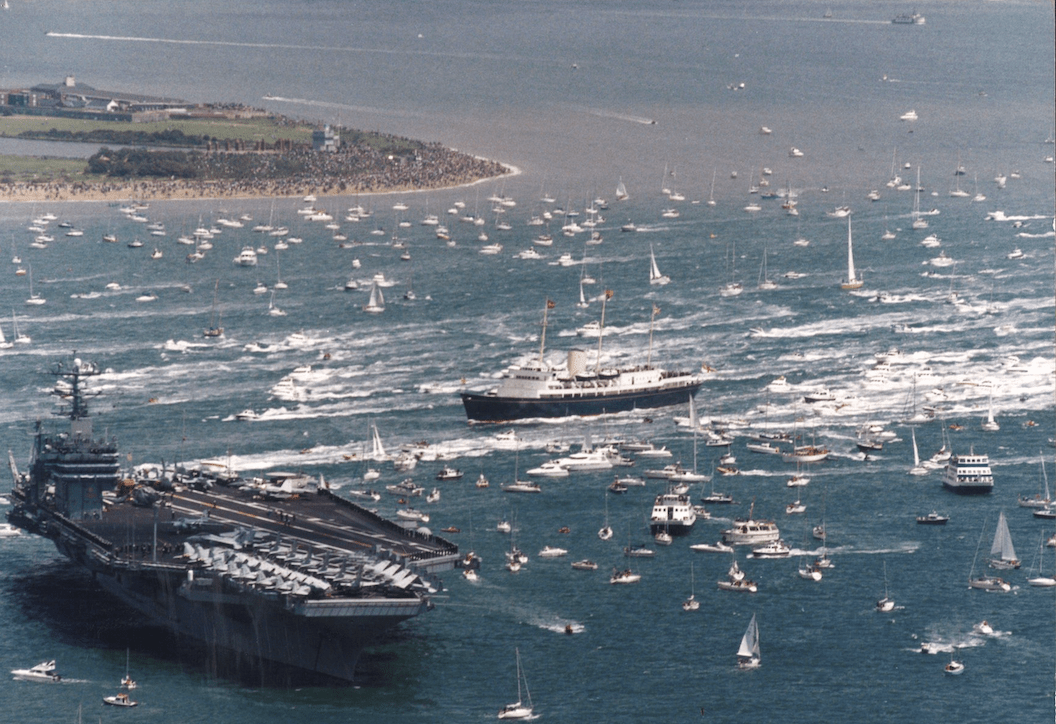
A commemorative armada, led by Royal Yacht Brittania, leaving Portsmouth, June 6, 1994/Portsmouth News
There were elaborate efforts by the allies to conceal the timing of the largest amphibious invasion ever staged, including deception operations to fool the Nazis as to where the landings would take place and who precisely would be involved. The Germans were convinced that a landing would be attempted around Calais, rather than further south over a wider stretch of the Channel in Normandy. If the good people of Gosport were surprised when suddenly Canadians seemed to be everywhere in their city, they were just as surprised two days later when they were nowhere to be seen.
On June 4, 1994, the Canadians came back — for a commemorative ceremony attended by Prime Minister Jean Chrétien and Canadian veterans who had left for Normandy from Gosport. It was typically Canadian and typically Chrétien; proud but not boastful, simple but dignified, with solemnity punctuated by humour.
“I have spoken to some of the veterans and they have told me how they remember the kindness, generosity and warmth of the people of Gosport,” Chrétien told the crowd.
At one point, the mayor of Gosport, a woman named Angela Whitbread who would have been no more than a teenager on D-Day, displayed some nifty pre-Google staff work with a hockey reference.
“Who won the Stanley Cup this year?” she asked Chrétien, “the Maple Leafs?”
“No,” Chrétien replied ruefully, “the Rangers!” leaving Mayor Whitbread with no elegant follow-up.
The ceremony lasted less than an hour. But at its conclusion, the Canadian veterans, politicians from both our country and Britain and local citizens from Gosport were all shaking hands, clasping each other on the back and, I dare say, repairing to the local pubs to continue the congratulations.
Chrétien unveiled a “stone of remembrance” dedicated to the embarkation of Canadian troops from Stokes Bay.
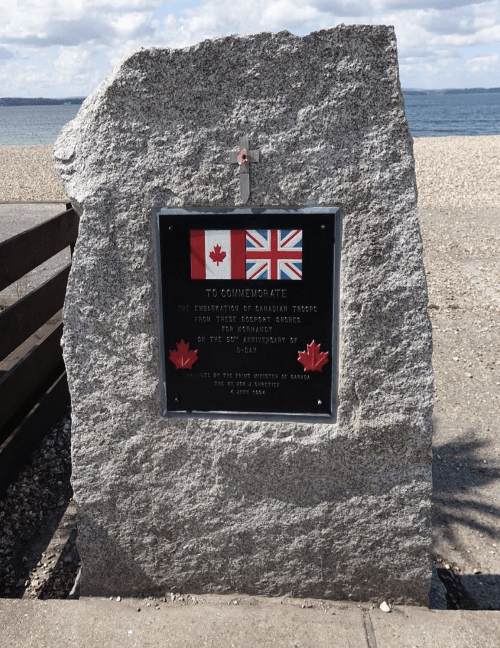
The stone of remembrance commemorating Canadian soldiers at
Gosport/Imperial War Museums
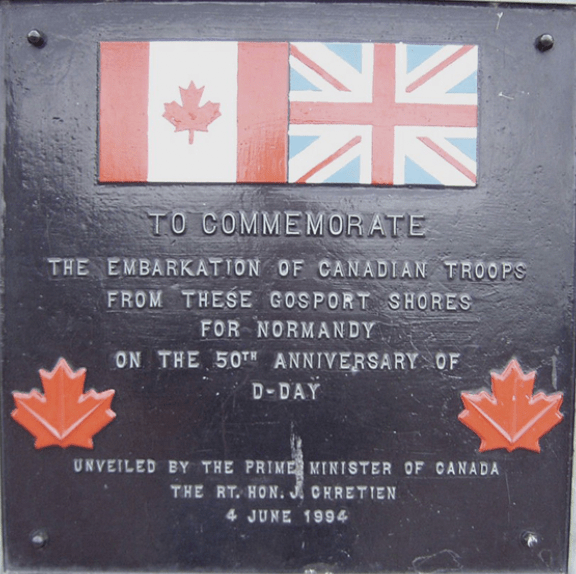
The next day, the official ceremonies all unfolded on the Southsea Common — the vast expanse of green space formerly owned by the War Department and now a public park — and they were spectacular. They culminated in a sail past of over 100 boats; small boats and pleasure boats, but also war ships from the British and American navies. The most spectacular was the recently commissioned USS George Washington, a huge nuclear-powered aircraft carrier.
That day in Portsmouth, the story was not D-Day, but the day before. The focus on the departure of the 27,000 troops — including the Canadians — who left British soil from Portsmouth and Gosport emphasized the suspense of the incredibly daunting mission, the uncertainty around what lay across the Channel and the incredible bravery of the men facing it.
Among the world leaders whose nations had sacrificed lives to the mission and who had added Gosport to their D-Day trips before heading to Normandy were Chrétien, President Bill Clinton, President François Mitterrand and President Lech Walesa of Poland.
The Queen would later transport all the prime ministers, presidents and kings in attendance across the Channel aboard the Royal Yacht Britannia for the next day’s ceremonies.
It was a spectacular day of ceremonies, tributes and recollection. I was pleased to have been able to broadcast it. But it was also the end of my part of the D-Day remembrance ceremonies. As part of the CBC’s coverage, Peter Mansbridge came on the air with me and we talked together for a couple of minutes.
“There were so many spectacular things going on is there any one thing that stands out?” Peter asked.
“Yes, despite all the spectacular events of this day the thing that really touched me was the ceremony yesterday at Gosport. It was just a Canadian ceremony, paying tribute to our troops who sailed from there to fight and die in Normandy. I found it very moving, and it made me proud to be a Canadian.”
I felt that way then. I still feel that way now.
Contributing Writer and columnist Don Newman, an Officer of the Order of Canada and lifetime member of the Parliamentary Press Gallery, is Executive Vice President of Rubicon Strategy, based in Ottawa.
